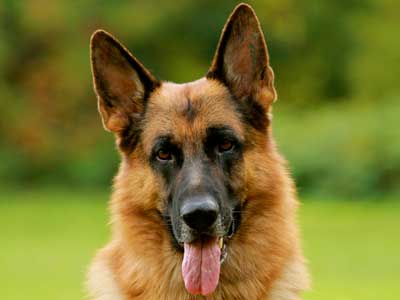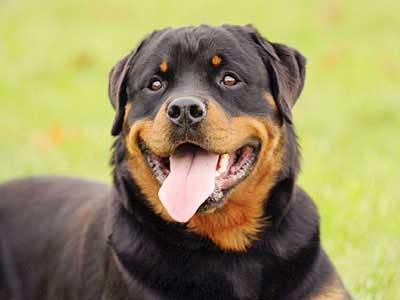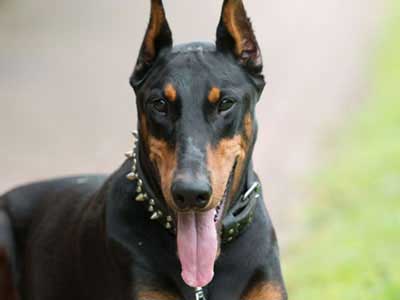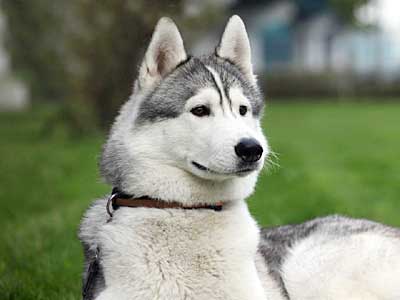Akita
Breed Information |
|
|---|---|
| Popularity |
2022: #55 2021: #52 2020: #48 2019: #47 2018: #47 2017: #47 2016: #46 2015: #46 |
| Name | Akita |
| Other names | Great Japanese Dog, Japanese Akita, American Akita |
| Origin |  Japan Japan |
| Breed Group |
Working (AKC:1972) Herding (UKC:1980) |
| Size | Large to Giant |
| Type | Purebred |
| Life span | 10-14 years |
| Temperament |
Alert Courageous Dignified Docile Friendly Intelligent Responsive |
| Height |
Male: 26-28 inches (66-71 cm) Female: 24-26 inches (61-66 cm) |
| Weight |
Male: 75-120 pounds (34-54 kg) Female: 75-110 pounds (34-50 kg) |
| Colors |
Black Fawn Red White |
| Litter Size | 3-12 puppies |
| Puppy Prices |
Average $1000 - $2500 USD The purebred Japanese variety is the more expensive one. Usually, the average cost of purchasing a pet quality puppy from a reputable breeder is about $1,000 to $2,500. However, for an Akita puppy with top breed lines and a superior pedigree, you may need to pay between $3,500 and $5,500. |
Breed Characteristics |
|
|---|---|
| Adaptability |
5 stars |
| Apartment Friendly |
5 stars The Akita Inu will do okay in an apartment if it is sufficiently exercised. It is moderately active indoors and will do best with a large yard. |
| Barking Tendencies |
1 stars Rare |
| Cat Friendly |
3 stars |
| Child Friendly |
4 stars Good with Kids: This is a suitable breed for kids and is known to be playful, energetic, and affectionate around them. |
| Dog Friendly |
3 stars |
| Exercise Needs |
4 stars The Akita Inu needs moderate but regular exercise to stay in shape. It should be taken for long daily walks. |
| Grooming |
2 stars Low Maintenance: American Akitas are a low maintenance dog breed. Grooming them should be an easy process. They are fairly heavy shedders and can go heavier than normal two to three times per year. Daily brushing could be a good way to reduce this problem. This breed needs to bathe every few months, although it can be more often, depending on the needs of each owner. Toenails should be trimmed every month, and their ears should be cleaned once a week. |
| Health Issues |
3 stars Hypoallergenic: No |
| Intelligence |
4 stars Ranking: #54 Full Ranking List |
| Playfulness |
3 stars |
| Shedding Level |
5 stars Constant Shedding: Expect this dog to shed frequently. Be prepared to vacuum often. Brushing will reduce shedding as well as make the coat softer and cleaner. |
| Stranger Friendly |
2 stars |
| Trainability |
4 stars Moderately Easy Training: A confident and consistent approach is required to train an Akita. Repetitive drills or overly harsh training hinder the process. Akitas are easily housetrained. They must be socialized young if they are to live with other pets. |
| Watchdog Ability |
5 stars |
Akita Names |
||
|---|---|---|
| Rank | Boy Names | Girl Names |
| 01 | Max | Bella |
| 02 | Leo | Molly |
| 03 | Gus | Lulu |
| 04 | Jack | Layla |
| 05 | Toby | Lilly |
| 06 | Ace | Nala |
| 07 | Jake | Zoey |
| 08 | Milo | Ella |
| 09 | Bo | Maya |
| 10 | Cody | Dixie |
| 100 Cute Puppy Names › | ||
Overview |
|---|
|
This is a large and powerful breed, with much substance and heavy bone; it is slightly longer than tall. The Akita's build reflects its original job of hunting big game through deep snow and rugged terrain. Its double coat consists of a dense undercoat and a straight, harsh, outer coat — about 2 inches or less in length — standing off from the body. Such a combination provides ample insulation from water and weather. Its gait is brisk and powerful. The Akita is a versatile dog of large spitz type. It is able to perform as a hunting companion and protector. As befitting its spitz-like heritage, the Akita is bold, independent, stubborn and tenacious. Demonstrative to its family, it is utterly devoted and will protect family members. It is reserved with strangers and can be aggressive toward other dogs. It can be domineering. Though not the breed for everyone, in the right hands the Akita is an excellent companion. |
History |
|
The Akita is the largest of Japan’s native breeds. It is a member of the spitz family, originally used for bear hunting, but at one point in history it was crossed with Tosas and Mastiffs to increase its size and value as a fighting dog. When dog fighting was prohibited in 1908, the breed was preserved and improved as a large Japanese breed. During World War II, the breed was nearly lost, and following the war, due to crossbreeding, the Akitas that remained were of three distinct types. Akitas of the Dewa lines, which had characteristics from Mastiff and German Shepherd crosses, were brought to the United States by members of the Military Forces. These dogs fascinated American dog fanciers and the breed rose quickly in popularity. Akitas in the United States developed as a type unique to this country and they are now quite different than the breed in its country of origin. |
References
- [1] ^ YouTube: THE AKITA - JAPANESE BEAR HUNTING DOG
- [2] ^ YouTube: AKITA INU vs SHIBA INU - Aggressive Hunting Dogs?





